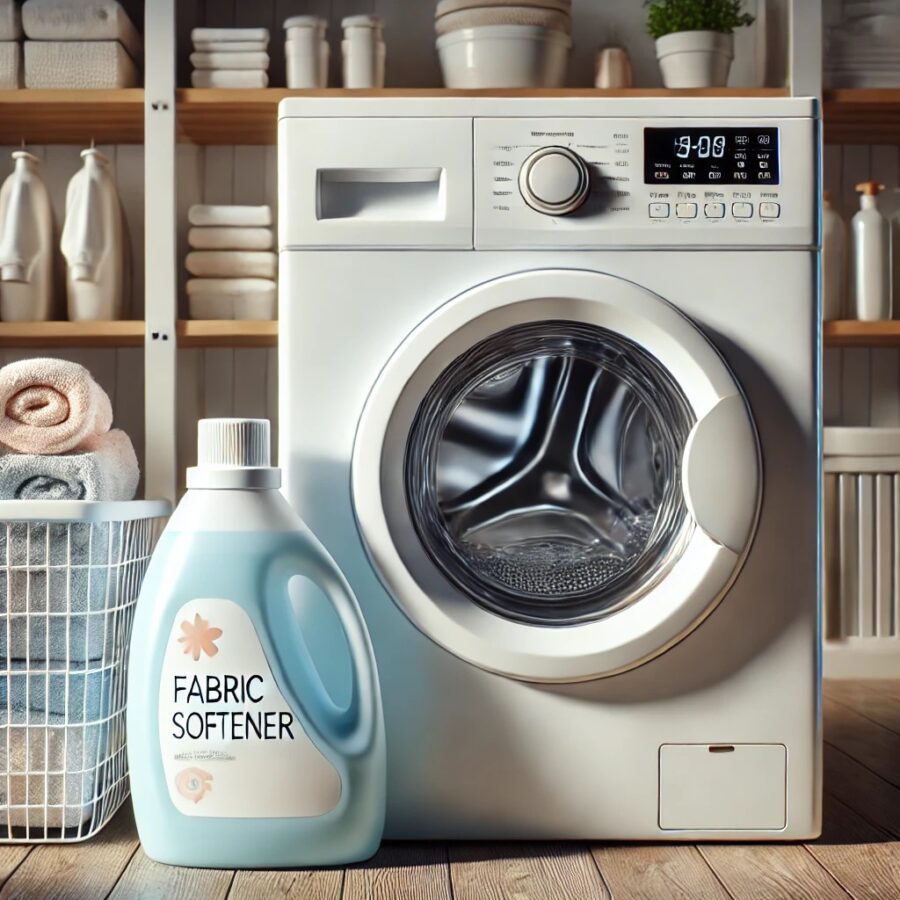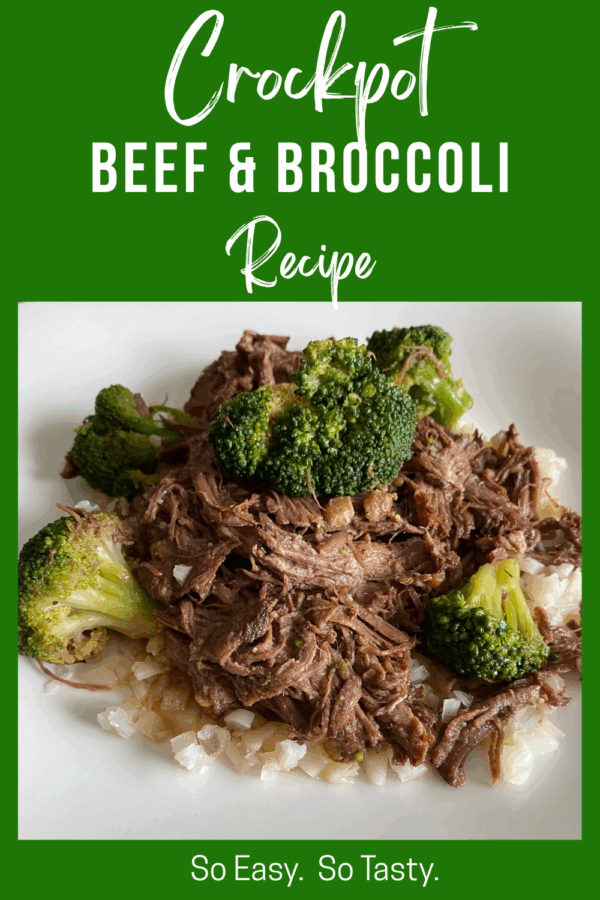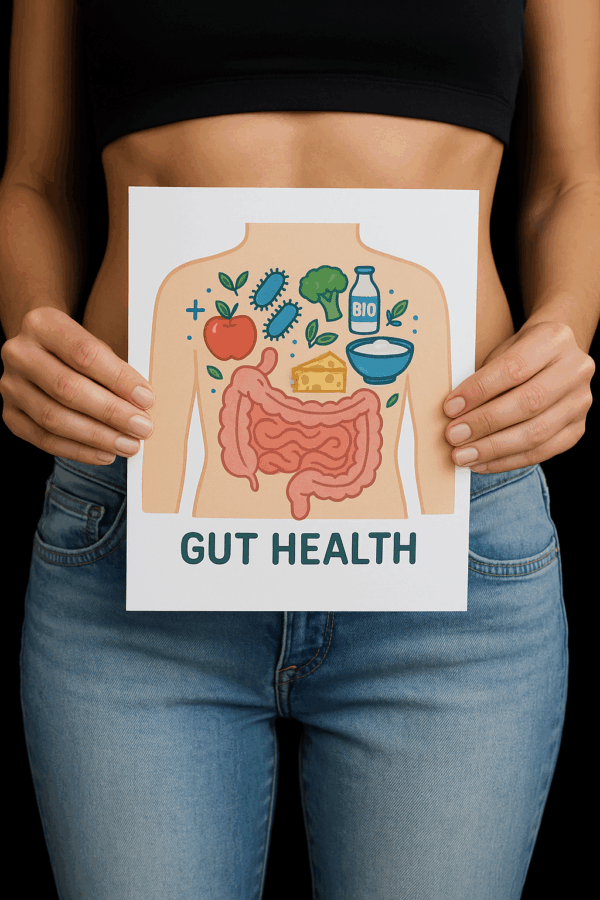
Ahhh…there’s nothing like the scent of freshly washed laundry, especially when it’s infused with the fragrance of a potent fabric softener. For years, I was hooked on that store-bought freshness until I noticed something: the ingredients. I realized I was coating my family’s skin and clothing with a mix of unnecessary chemicals, many of which I couldn’t even pronounce. I was spending way too much on a product that was hurting not only my wallet, but my body too. After doing some research, I realized I could make my own bottle of aromatic bliss for a fraction of the cost and without all the needless chemicals.
If you’re also looking to embrace a more natural lifestyle and save money, making your own fabric softener is a simple place to start. Commercial fabric softeners often contain synthetic fragrances, dyes, and chemicals that can irritate sensitive skin or even harm the environment. With just a few basic ingredients: vinegar, baking soda, water, and essential oils you can create an effective, eco-friendly fabric softener that is gentle on both your clothes and the planet.
Why Make Your Own Fabric Softener?
1. Cost-Effective: Store-bought fabric softeners can add up over time. A DIY solution costs pennies per use.
2. Chemical-Free: Chemicals from store-bought softeners can be absorbed through the skin or inhaled, potentially leading to long-term exposure effects. This toxic buildup can lead to impacts on the body’s nervous system, respiratory issues, or headaches. Homemade softeners are free from artificial fragrances, such as benzyl acetate and quaternary ammonium compounds, which are known to trigger skin reactions especially for people with eczema, sensitive skin, or allergies. Some fabric softeners even contain endocrine-disrupting chemicals, which have been connected to hormonal imbalances and reproductive issues. The absence of chemicals in a DIY fabric softener reduce exposure to such harsh additives.
3. Customizable: With essential oils, you can tailor the scent to your liking without synthetic fragrances.
4. Eco-Friendly: Homemade fabric softeners eliminate plastic waste from packaging and reduce the release of harmful chemicals into the environment.
Ingredients and Their Benefits
1. Vinegar
Purpose: Acts as a natural fabric softener and deodorizer.
Benefits: Vinegar helps break down detergent residues on fabrics, reduces static cling, softens fibers, and neutralizes odors.
2. Baking Soda
Purpose: Balances pH and boosts cleaning power.
Benefits: Baking soda helps regulate water pH, making it less harsh on fabrics. It also prevents detergent buildup and enhances the softening effect.
3. Water
Purpose: Dilutes the mixture for safe and easy use.
Benefits: Ensures the solution can be evenly distributed and gentle on clothes.
4. Essential Oils
Purpose: Adds a natural scent and additional benefits.
Benefits: Essential oils like lavender, eucalyptus, or citrus offer calming, refreshing, or energizing scents while being completely natural. Some oils also have antibacterial or antifungal properties.
DIY Fabric Softener Recipe
INGREDIENTS:
- 2 cups distilled white vinegar
- 1 cup baking soda
- 6 cups water
- 10-15 drops of your favorite essential oil (optional)

INSTRUCTIONS:
1. In a large container (I used a gallon sized), combine vinegar and water.
2. Slowly add baking soda to the mixture. It will fizzle, which is totally normal. Stir or close the container and shake it until the fizzing subsides.
3. If adding essential oils, drop them into the mixture and mix well.
4. Pour the mixture into any reusable container or an old fabric softener bottle.
5. Shake well before each use.
Click here to see me make my own fabric softener.
How to Use Your DIY Fabric Softener
Add 1/2 to 1 cup of the mixture to your washing machine’s fabric softener dispenser during the rinse cycle. For top-load machines, you can pour it directly into the drum.
Additional Tips and Considerations
- Avoid overloading your dryer. Properly distributed loads allow your softener to work more effectively.
- Test essential oils slowly. Start with a small amount of essential oil to ensure the scent isn’t overpowering.
- Safe for septic systems. This recipe is safe for septic systems because it consists of natural ingredients.
Making your own fabric softener is a simple, rewarding way to enhance your laundry routine while staying kind to your skin, wallet, and the environment. With just a few minutes of preparation, you can enjoy fresh, soft clothes without compromise. Not only did my DIY version leave my clothes just as soft and fragrant, but it was also gentler on my skin and the environment. Try it today and experience the difference!


